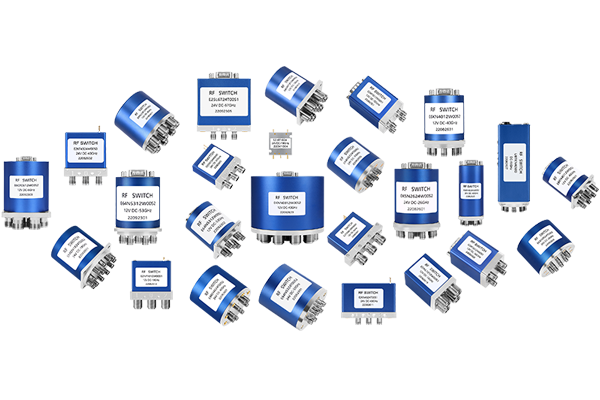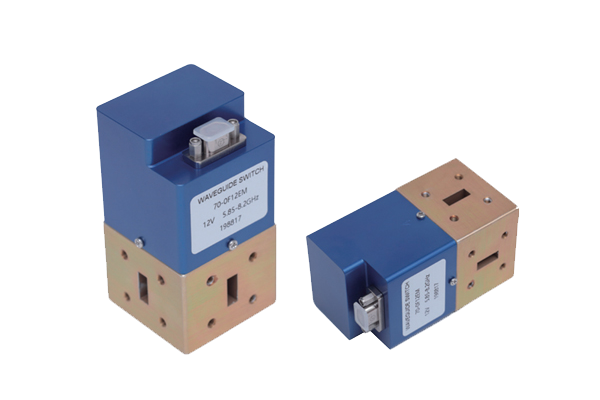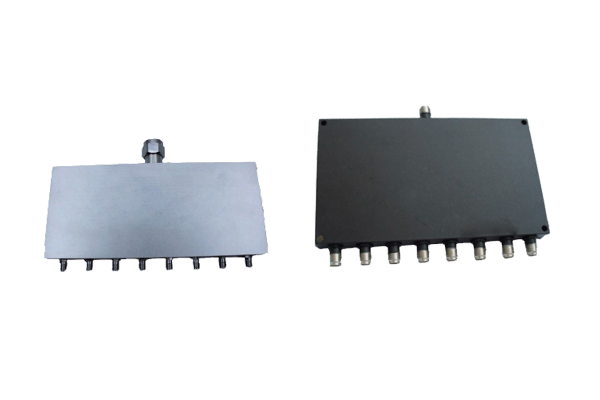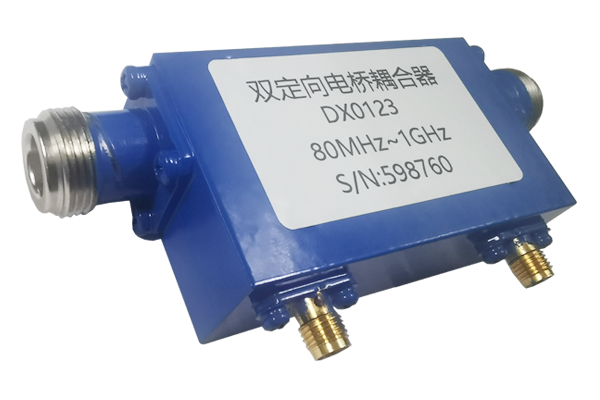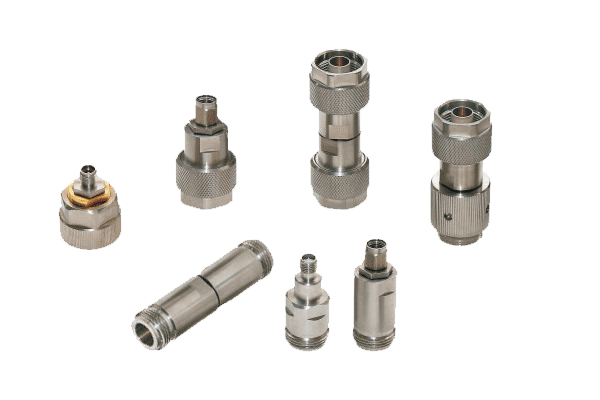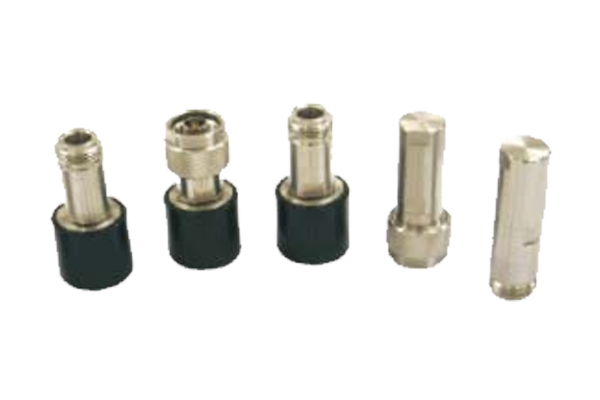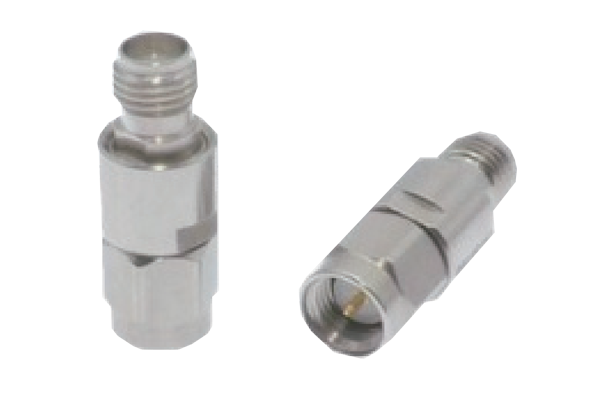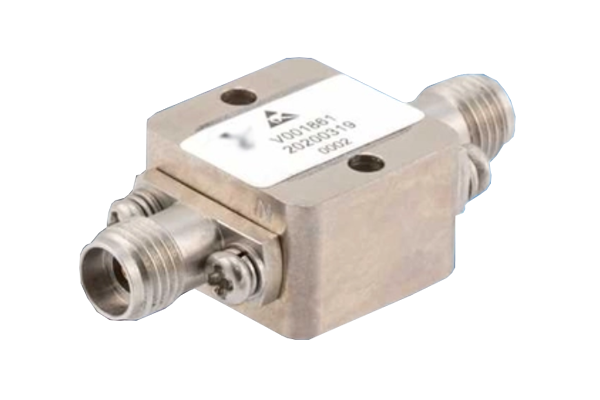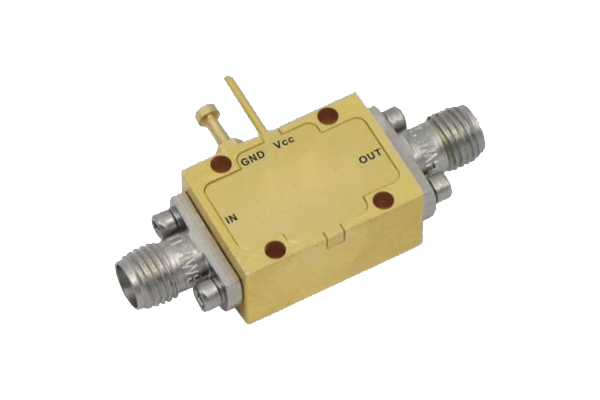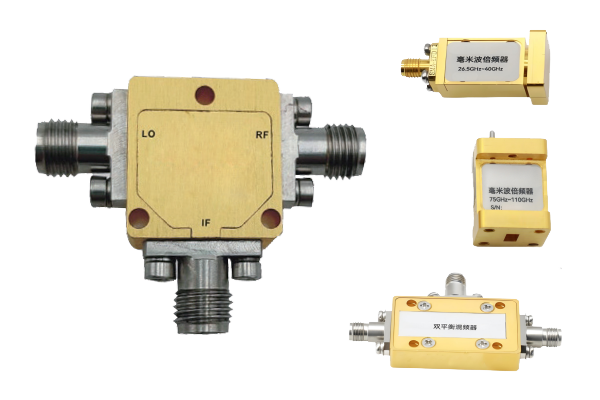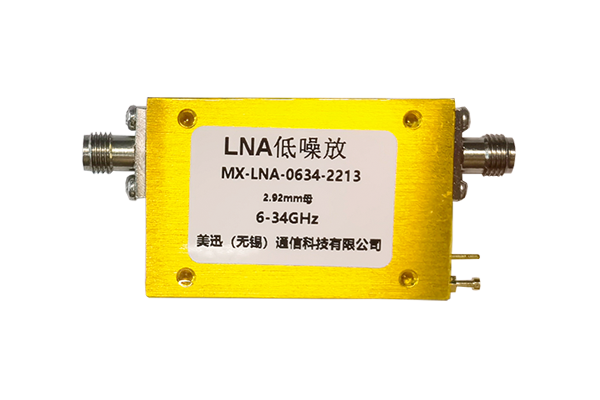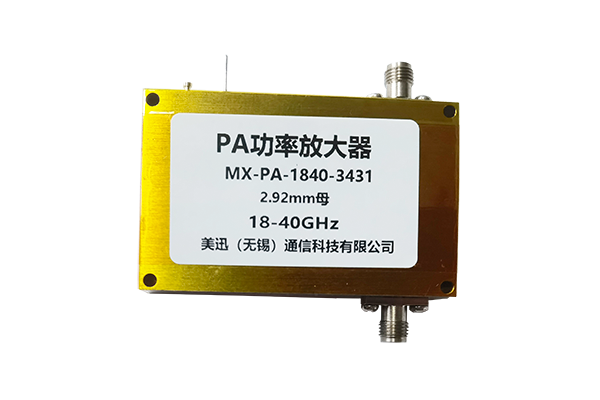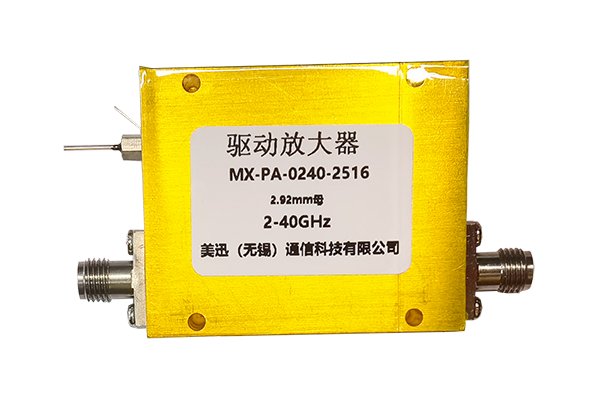What is an RF Power Amplifier
Understanding the RF Power Amplifier
A comprehensive guide to the functions, characteristics, and applications of RF power amplifiers in modern technology systems.
Essence: A power amplifier for radio frequency signals
- An RF power amplifier is a key active device in an RF system.
- Its core function is to amplify the weak input RF signal to provide sufficient energy for subsequent signal transmission or radiation.
- It consumes external power to convert electrical energy into RF signal energy.
- During amplification, it must maintain key characteristics such as signal frequency and phase as much as possible to avoid introducing excessive distortion.
- It ensures that the output signal accurately reflects the information of the input signal.
- It is an important bridge connecting the signal processing module and the transmitting antenna.
Core Function: Meeting Signal Transmission and Radiation Requirements
- In an RF system, the RF power amplifier mainly undertakes two core tasks.
- First, it provides energy support for long-distance signal transmission.
- For example, in communication base stations, it amplifies the weak signal after baseband processing to ensure wider signal coverage.
- Second, it provides sufficient power for radio frequency (RF) radiation equipment.
- For instance, in radar systems, it outputs high-power signals, which are then radiated through antennas to detect and locate targets.
- Furthermore, it needs to adjust its output power in different operating modes to balance energy consumption and signal quality, according to system requirements.
Key Characteristics: Balancing Power, Efficiency, and Linearity
- The performance of an RF power amplifier is primarily determined by three key characteristics.
- First, its output power capability must be tailored to the application scenario, meeting the requirements of different transmission distances or radiation intensities.
- Second, its energy conversion efficiency; an efficient design reduces power loss, lowers equipment heat generation, and improves long-term operational stability.
- Finally, its linearity; good linearity avoids harmonic distortion during signal amplification, preventing interference with other signals.
- Especially in systems with simultaneous multi-signal transmission, linearity is a crucial indicator for ensuring communication quality.
Application Value: Supporting the Operation of RF Systems in Multiple Fields
- RF power amplifiers are widely used in various fields that rely on radio frequency technology.
- In the field of communications, from mobile terminals and communication base stations to satellite communication equipment, all rely on it to achieve effective signal transmission.
- In the field of detection, radar and remote sensing equipment use it to output high-power signals to complete target detection and environmental monitoring.
- In the field of broadcasting and television, transmitters use it to amplify program signals and then cover a wide area through antennas.
- In addition, it plays an irreplaceable role in scenarios such as medical radio frequency equipment and industrial wireless control.
- It is a core component that promotes the application of radio frequency technology.
Key Insight
The RF power amplifier serves as a critical component in modern communication systems, bridging the gap between signal processing and transmission. Its ability to efficiently amplify signals while maintaining linearity makes it indispensable across telecommunications, broadcasting, radar, and numerous other applications that rely on radio frequency technology.



